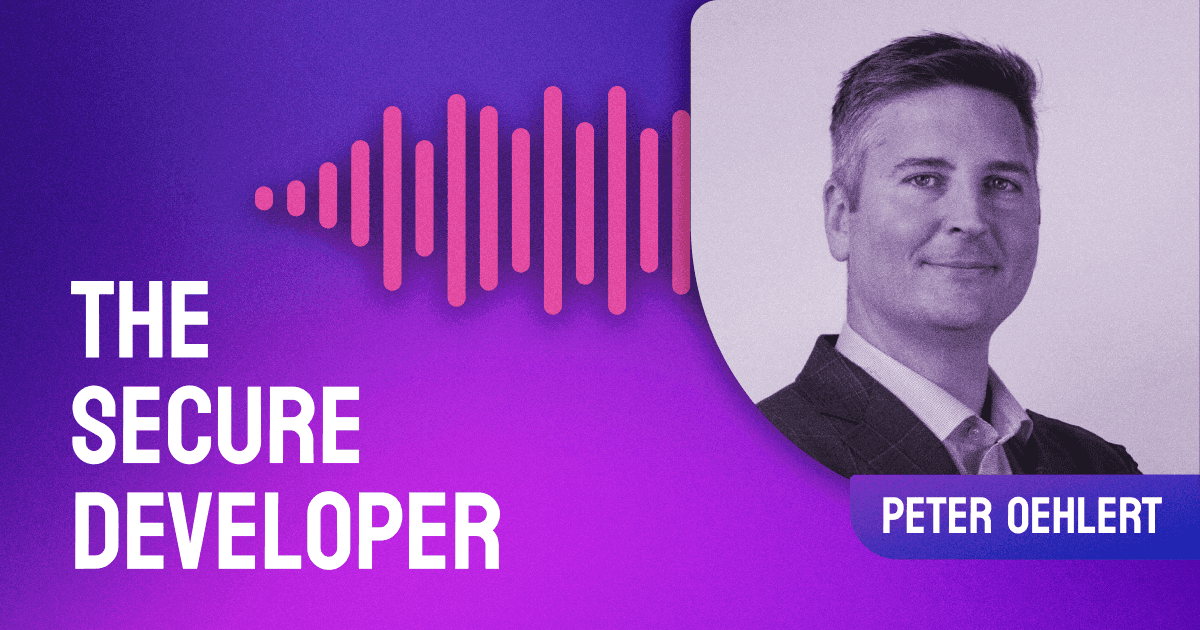In episode 34 of The Secure Developer, Guy speaks with Siren Hofvander of Cybercom about her enlightening journey from the digital medical space to running a secure developer consulting team, as well as her empathy-driven ethos in the one-size-fits-all security world.
The post Ep. #34, Positive Security with Siren Hofvander of Cybercom appeared first on Heavybit.





